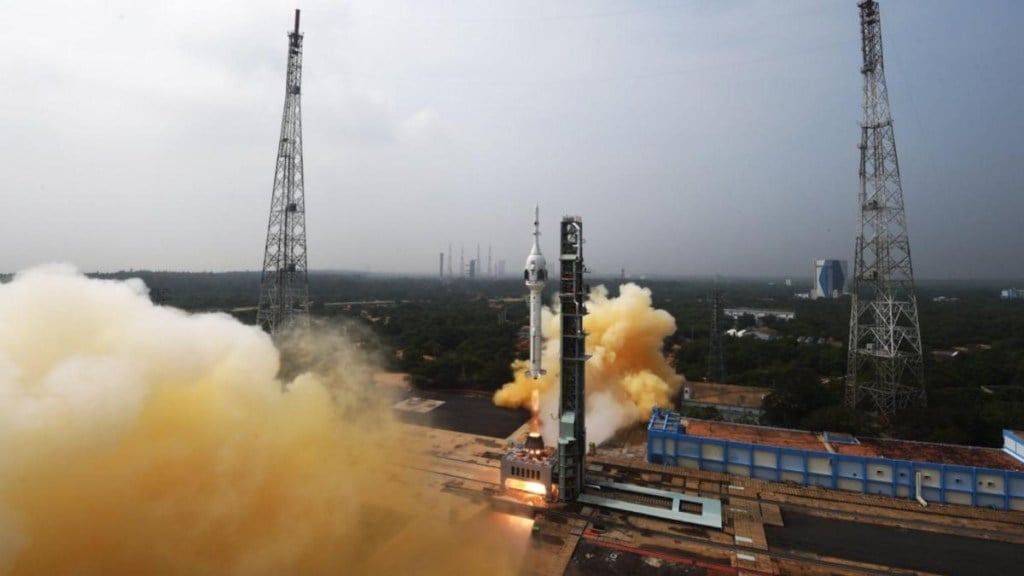Today marked a significant milestone for the Indian Space Research Organisation (ISRO) as the unmanned test flight for the eagerly anticipated ‘Gaganyaan’ mission took off from Sriharikota. This remarkable event signifies the commencement of India’s ambitious human spaceflight endeavor.
The primary objective of this mission was to validate the effectiveness of the vehicle’s crew escape system, crucial for ensuring the safety of astronauts in emergency scenarios. ISRO chief S Somanath, proudly declared the mission a success. The vehicle, during the test, exceeded the speed of sound before triggering the crew escape system, showcasing its reliability.
“The escape system took the crew module away from the vehicle and subsequent operations including the touch-down at the sea have been very well accomplished,” Somnath added.
Unsuccessful attempts
The Test Vehicle D1 mission was originally scheduled for an 8 am liftoff, but a slight delay pushed it to 8.45 am. Just moments before the launch, a temporary halt occurred due to identified issues, but ISRO’s adept team promptly rectified the problem, ultimately conducting the test at 10 am.
This test vehicle mission serves as a precursor to the ambitious Gaganyaan program, which seeks to send human astronauts into Low Earth Orbit, approximately 400 kilometers above Earth, for a three-day mission before safely returning to our planet. India’s space aspirations extend further with plans to demonstrate human spaceflight capabilities, establish a space station by 2035, and undertake ambitious missions such as a Venus orbiter and a Mars lander. The future of India’s space exploration is indeed promising.

